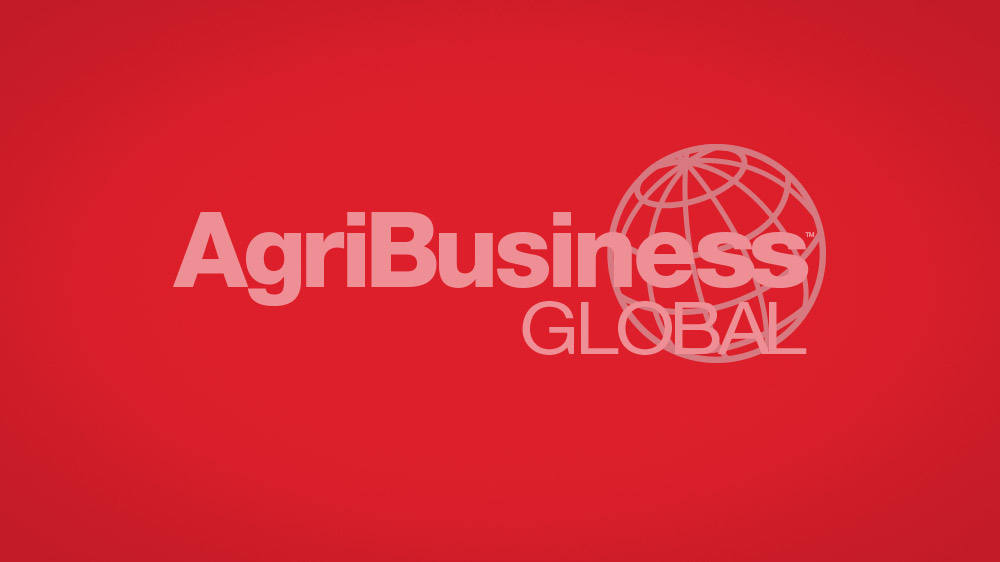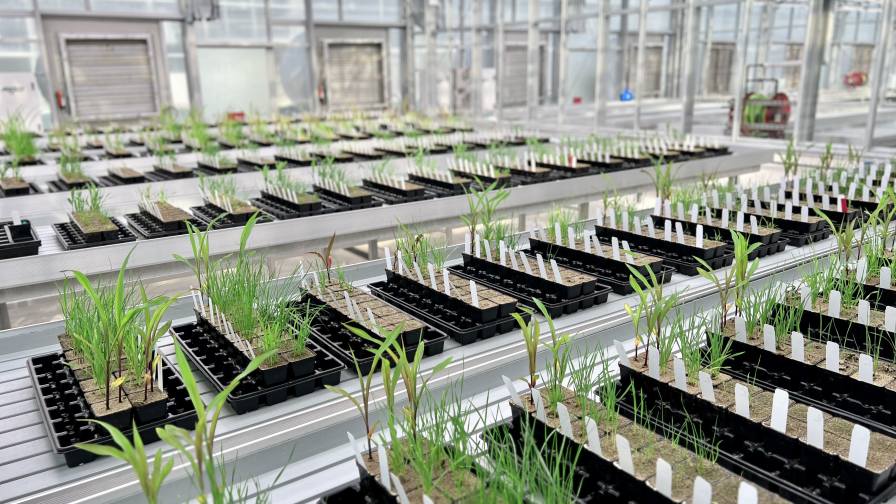Como se não fosse ruim o suficiente
There is an economic adage that says: “If the US sneezes, the world catches a cold.” This saying was thought to be largely obsolete amid increasing global interdependence, but it has newfound merit this week as global economic markets tumble on fears about a swine flu pandemic.
The Taiwan index fell almost 3% Monday; the Hang Seng dropped 2.74%, and the Shanghai composite lost more than 1.7% on fears that swine flu could disrupt the tenuous beginnings of economic recovery around the world. On Tuesday, The Hang Seng and Taiwan indices each fell another 1.9%. European markets suffered as well on the losses of hospitality and tourism companies. Predictably, pharmaceutical makers rose sharply.
Not surprising, the indices that recoiled most drastically have been living in the shadow of a pandemic for a decade since the deadly H5N1 avian influenza was discovered. Unlike swine flu, the high-pathogenic avian influenza H5N1 mortality rate is about 60%. Luckily, H5N1 is not communicable from person to person as of yet.
Conversely, the swine flu of 1918 had a mortality rate of 2.5%. Although this looks insignificant compared to some avian influenzas, it is exponentially higher than the mortality rate of the average flu, which is thought to kill less than 0.5% of those it infects, mostly those with compromised immunities. This heightened mortality rate of the newly discovered swine flu (influenza A H1N1) is the reason it has drawn so much concern. Once communicable among people, influenzas are highly contagious, and the slightest change in mortality rates can be significant because the number of people who catch it is so great.
To heighten the panic just a bit, the EU instituted a travel warning to the US and Mexico, and the mainstream media — in their insatiable quest for 24-hour news — continues to intimate that this new swine flu is the pestilence predicted in Biblical prophecy. By Tuesday, the World Health Organization issued a Phase 4 alert, signaling the virus is becoming increasingly adept at spreading among humans. That move could lead governments to set trade, travel and other restrictions aimed at limiting the disease’s spread. The WHO’s Phase 6 is the pandemic phase, characterized by outbreaks in at least two regions of the world.
Maybe the doomsayers are right. But even if they are wrong, global trade will still suffer because businessmen will be averse to the risk necessary to help the economy expand.
In a world where we appear to incessantly dwell on danger instead of embracing opportunities, this new fear will probably prove to be too contagious for international businessmen to prosper, at least for now.
Is economic paranoia getting out of control? Send me your thoughts at [email protected].






